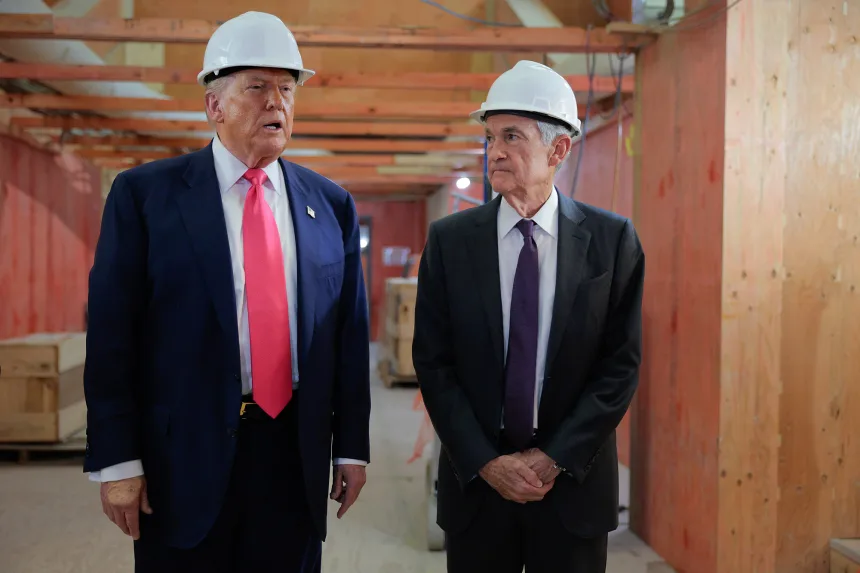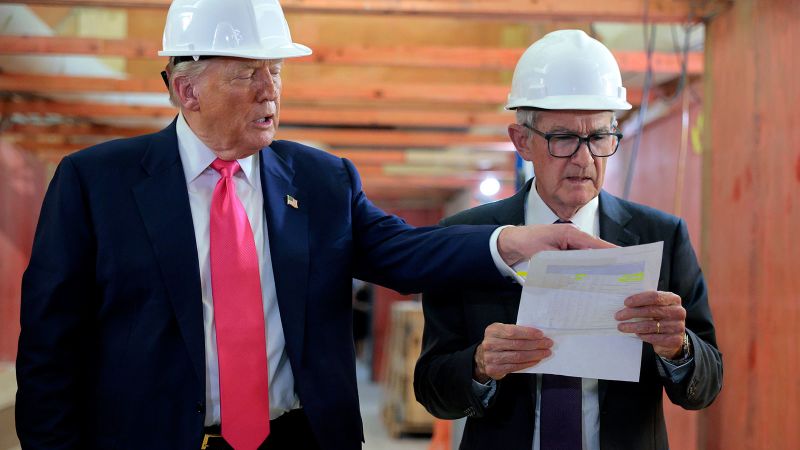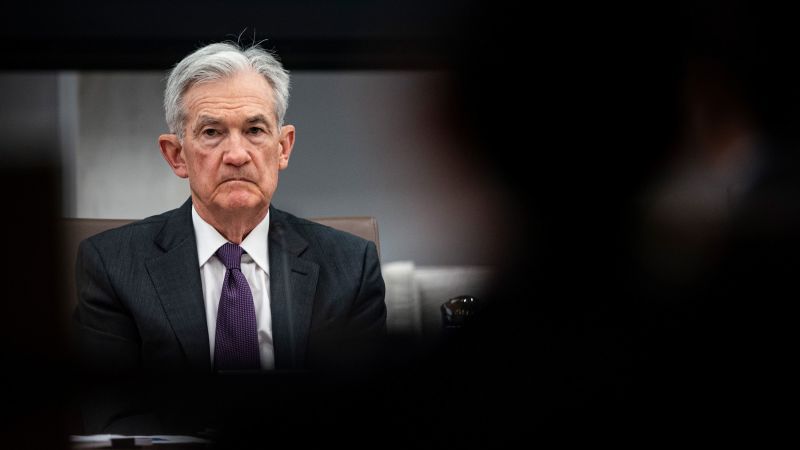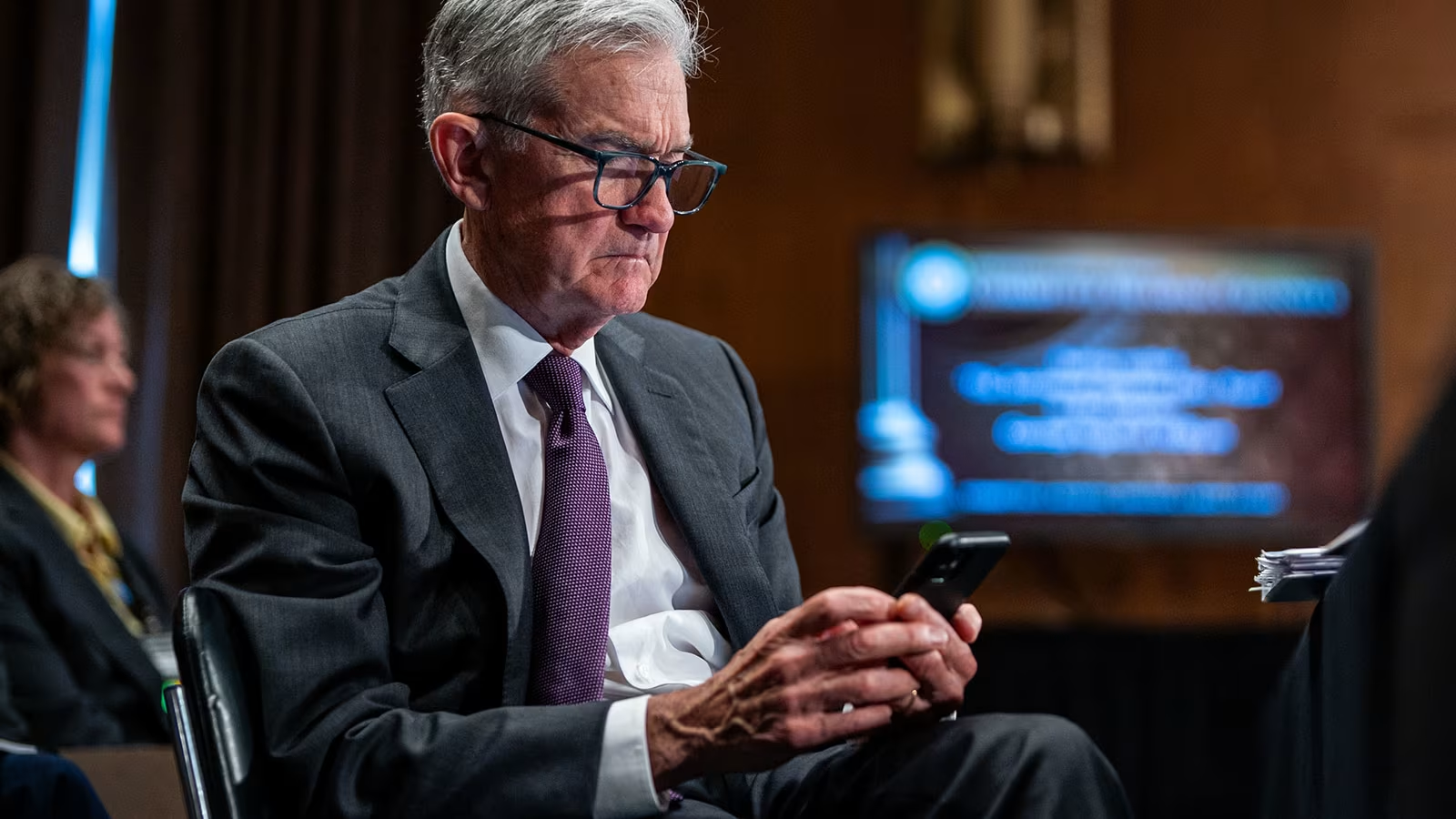
President Trump Addresses Federal Reserve Renovation Amidst Tensions with Chair Powell
Politics | 7/24/2025
President Donald Trump recently addressed the public following a tour of the Federal Reserve’s $2.5 billion renovation, stating that he had no intention of dismissing Federal Reserve Chair Jerome Powell despite reported cost overruns associated with the project. Trump’s remarks came amidst escalating tensions between the two figures, marking a significant development in their ongoing dispute.
The public statement by President Trump regarding Powell’s tenure at the Federal Reserve signals a notable shift in the dynamics of their relationship. Despite the reported cost overruns linked to the Fed’s renovation project, Trump expressed reluctance to remove Powell from his position. This public declaration sheds light on the intensifying feud between the President and the Federal Reserve Chair.
The discord between Trump and Powell has been escalating in recent times, with differences in monetary policy and decision-making at the core of their dispute. Trump’s decision not to dismiss Powell, despite the renovation cost concerns, underscores the complexities of their strained relationship. The unfolding developments highlight the significance of their public clash within the realms of economic policy and financial management.
Experts in the financial sector emphasize the importance of a stable and cooperative relationship between the President and the Federal Reserve Chair for effective economic governance. The public disclosure of Trump’s stance on Powell’s position at the Fed adds a layer of transparency to their conflict, offering insights into the challenges within the economic policy landscape. The evolving feud between the two influential figures continues to draw attention and scrutiny from observers in the financial and political spheres.
As the tensions between President Trump and Federal Reserve Chair Powell continue to unfold, the public remains attentive to the implications of their discord on economic decision-making and financial stability. The intricacies of their relationship and the impact on monetary policy decisions remain subjects of keen interest and analysis within the broader economic landscape.


